Edgar Rice Burroughs’s Mars, Part 3: The Warlord of Mars
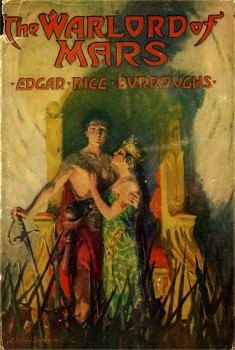 Although there are still eight more books to go in the Mars series, with The Warlord of Mars I can bring to a conclusion Phase #1 of the saga: this completes the “John Carter Trilogy,” and the books that follow it take different paths with new heroes. John Carter will not return to the protagonist role until the eighth book, Swords of Mars, published twenty-one years later.
Although there are still eight more books to go in the Mars series, with The Warlord of Mars I can bring to a conclusion Phase #1 of the saga: this completes the “John Carter Trilogy,” and the books that follow it take different paths with new heroes. John Carter will not return to the protagonist role until the eighth book, Swords of Mars, published twenty-one years later.
At the end of the thrill-ride of The Gods of Mars, John Carter lost his love Dejah Thoris in the Chamber of the Sun within the Temple of Issus. A whole year must pass before the slow rotation of the chamber will allow Dejah Thoris to escape. She may not even be alive, since the last moments that John Carter witnessed, the jealous thern woman Phaidor was ready to stab Carter’s love. Did she kill Dejah Thoris? Or did the noble Thuvia take the blow instead?
Readers hung on through the middle of 1913 until Burroughs brought a conclusion to the John Carter epic at the end of the year and made his hero into The Warlord of Mars.
Our Saga: The adventures of Earthman John Carter, his progeny, and sundry other natives and visitors, on the planet Mars, known to its inhabitants as Barsoom. A dry and slowly dying world, Barsoom contains four different human civilizations, one non-human one, a scattering of science among swashbuckling, and a plethora of religions, mystery cities, and strange beasts. The series spans 1912 to 1964 with nine novels, one volume of linked novellas, and two unrelated novellas.
Today’s Installment: The Warlord of Mars (1913–14)
Previous Installments: A Princess of Mars (1912), The Gods of Mars (1913)
The Backstory
With a cliffhanger ending to The Gods of Mars, Burroughs was ready to roll with the conclusion. It was a ferociously busy time in his life: All-Story rejected his second Tarzan novel — one of the most comically blockheaded decisions in the history of magazine fiction; he quit his day job and became a full-time author; his third son John Coleman Burroughs was born; days later, his father George Tyler Burroughs died. In the middle of all this, ERB plunged back to working on Mars. He never developed an outline for the trilogy, and so he took the wrap-up of John Carter’s story as it came, daydreaming down on paper.
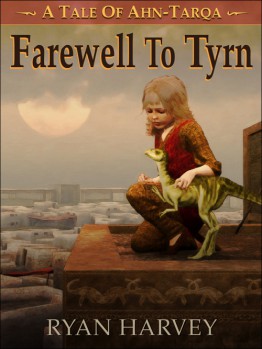
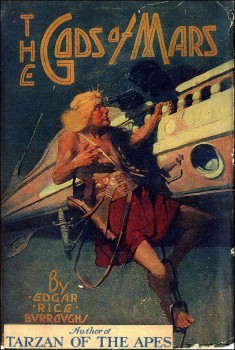 I played a bit rough with A Princess of Mars last week in my
I played a bit rough with A Princess of Mars last week in my 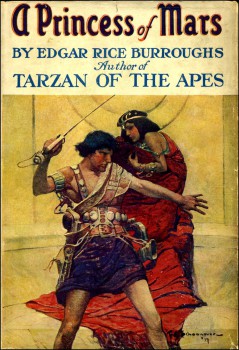 The year 2012 C.E. is the centenary of the Reader Revolution. Two novels published in pulp magazines that year, A Princess of Mars and Tarzan of the Apes, re-shaped popular fiction, helped change the United States into a nation of readers, and created the professional fiction writer. One man wrote both books: Edgar Rice Burroughs.
The year 2012 C.E. is the centenary of the Reader Revolution. Two novels published in pulp magazines that year, A Princess of Mars and Tarzan of the Apes, re-shaped popular fiction, helped change the United States into a nation of readers, and created the professional fiction writer. One man wrote both books: Edgar Rice Burroughs.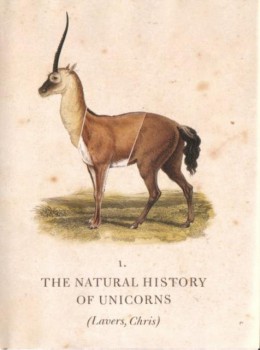 The Natural History of Unicorns (2009)
The Natural History of Unicorns (2009)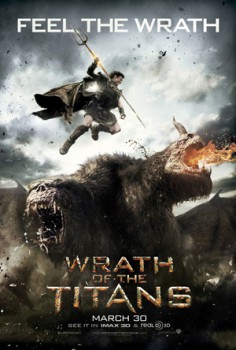 If you were talking about movie trailers yesterday or over the weekend, chances are the subject was The Dark Knight Rises. The most anticipated film of 2012 revealed its first full-length trailer (after a teaser during the summer) on selected theater screens with Sherlock Holmes: Game of Shadows. The IMAX six-minute prologue to the film also appeared before 70 mm screenings of Mission: Impossible—Ghost Protocol. I saw the prologue yesterday in the glorious IMAX presentation, and yes, The Dark Knight Rises is going to be something amazing. (By the way, Ghost Protocol is the best of the “Mission: Impossible” films, and delivers everything you want from a big-budget action movie. Here’s to Brad Bird having a great career in live-action films.)
If you were talking about movie trailers yesterday or over the weekend, chances are the subject was The Dark Knight Rises. The most anticipated film of 2012 revealed its first full-length trailer (after a teaser during the summer) on selected theater screens with Sherlock Holmes: Game of Shadows. The IMAX six-minute prologue to the film also appeared before 70 mm screenings of Mission: Impossible—Ghost Protocol. I saw the prologue yesterday in the glorious IMAX presentation, and yes, The Dark Knight Rises is going to be something amazing. (By the way, Ghost Protocol is the best of the “Mission: Impossible” films, and delivers everything you want from a big-budget action movie. Here’s to Brad Bird having a great career in live-action films.)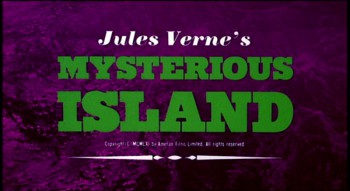
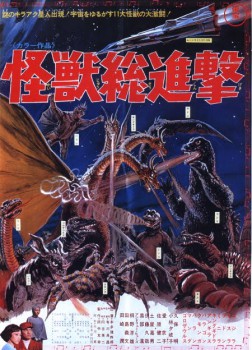
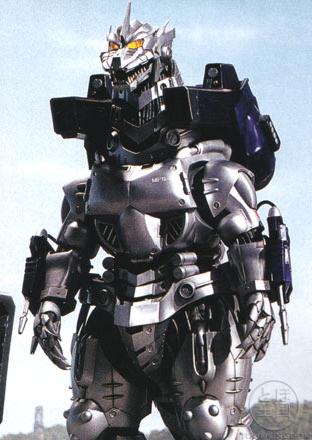 Three years ago this week I posted my fist official article on the new Black Gate blog. I was one the original seven bloggers who answered John O’Neill’s call to make Black Gate online a place people wanted to visit again and again.
Three years ago this week I posted my fist official article on the new Black Gate blog. I was one the original seven bloggers who answered John O’Neill’s call to make Black Gate online a place people wanted to visit again and again.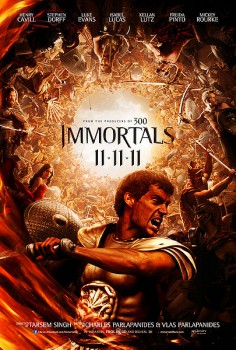 Immortals (2011)
Immortals (2011)